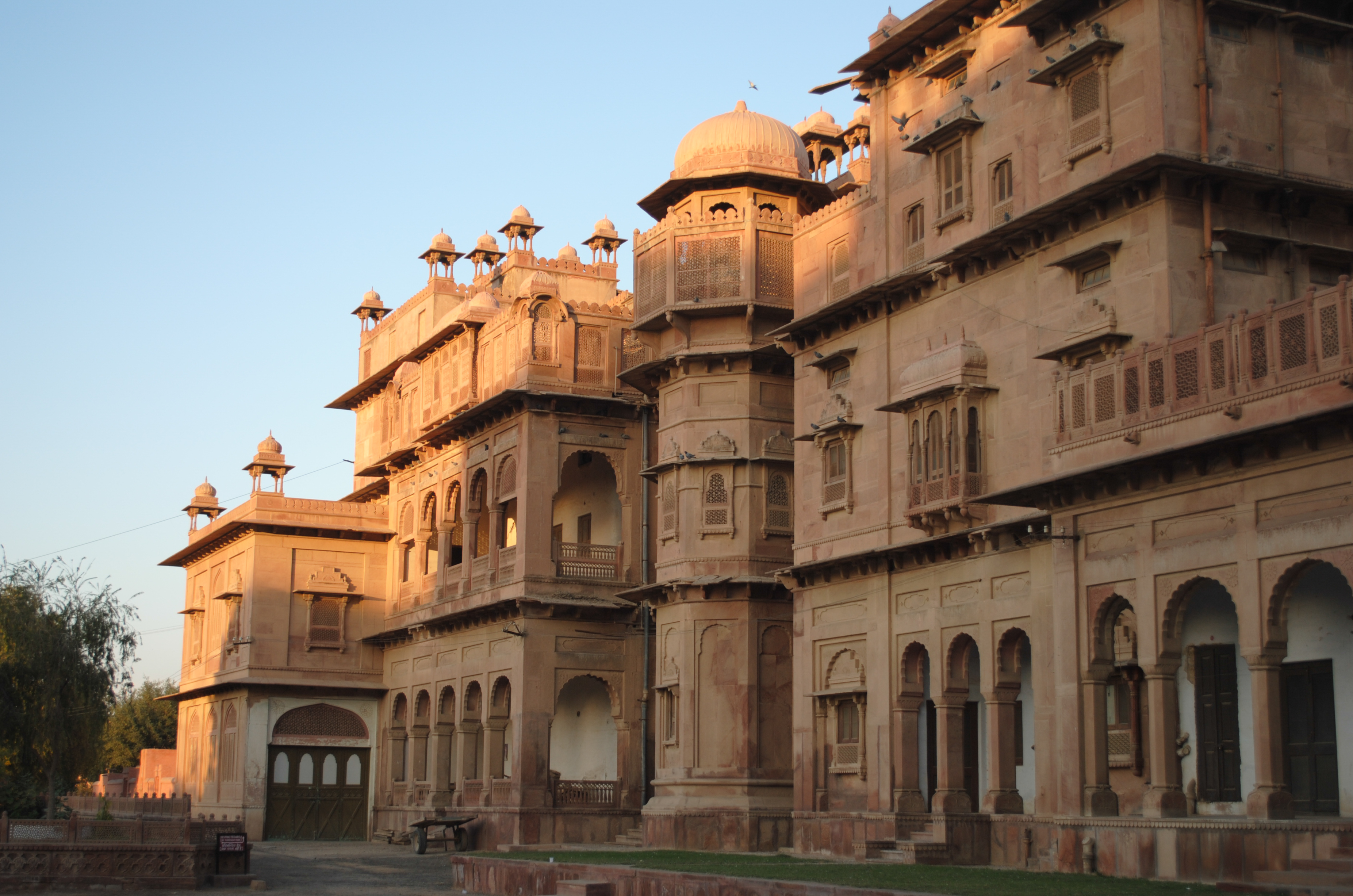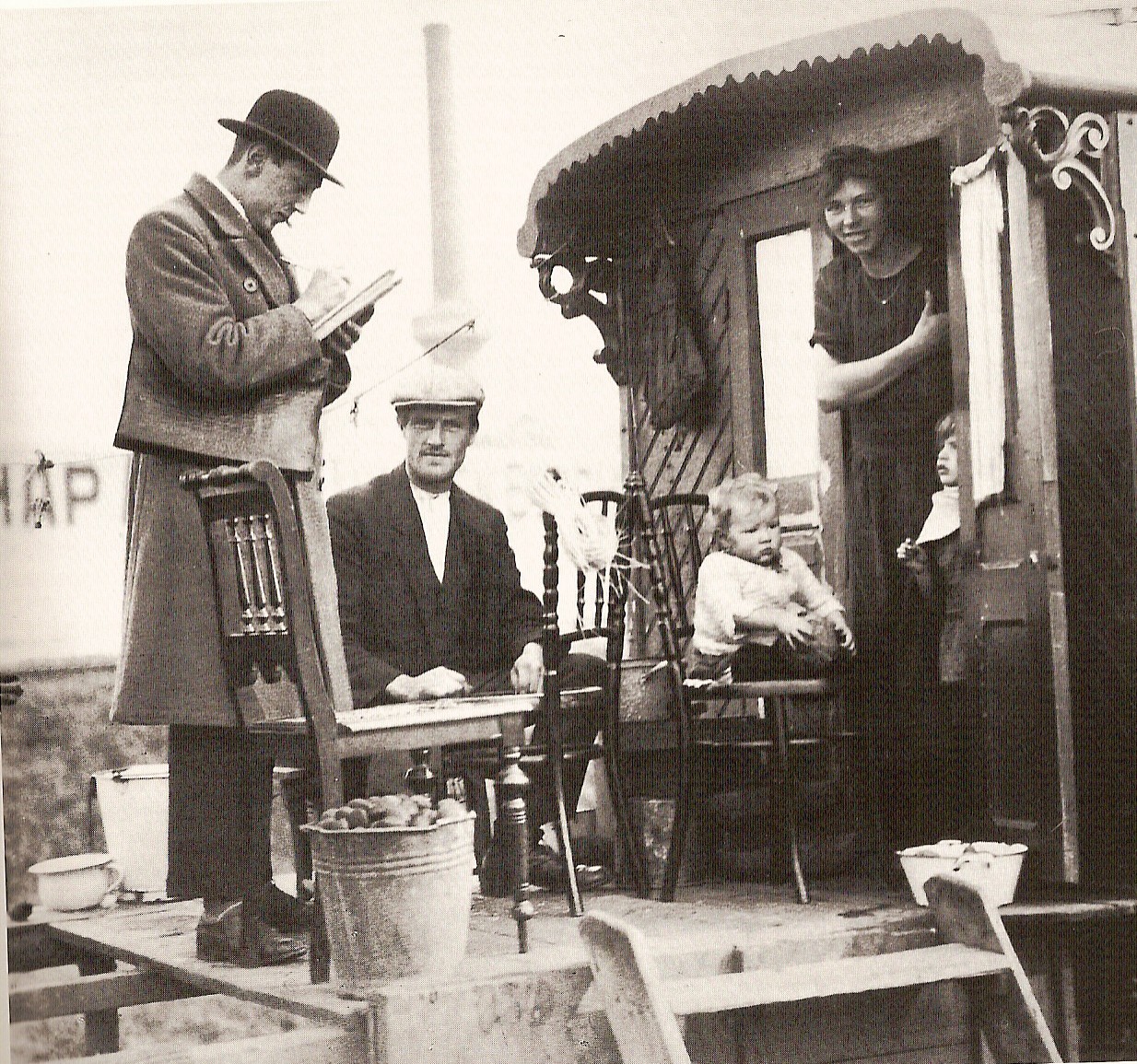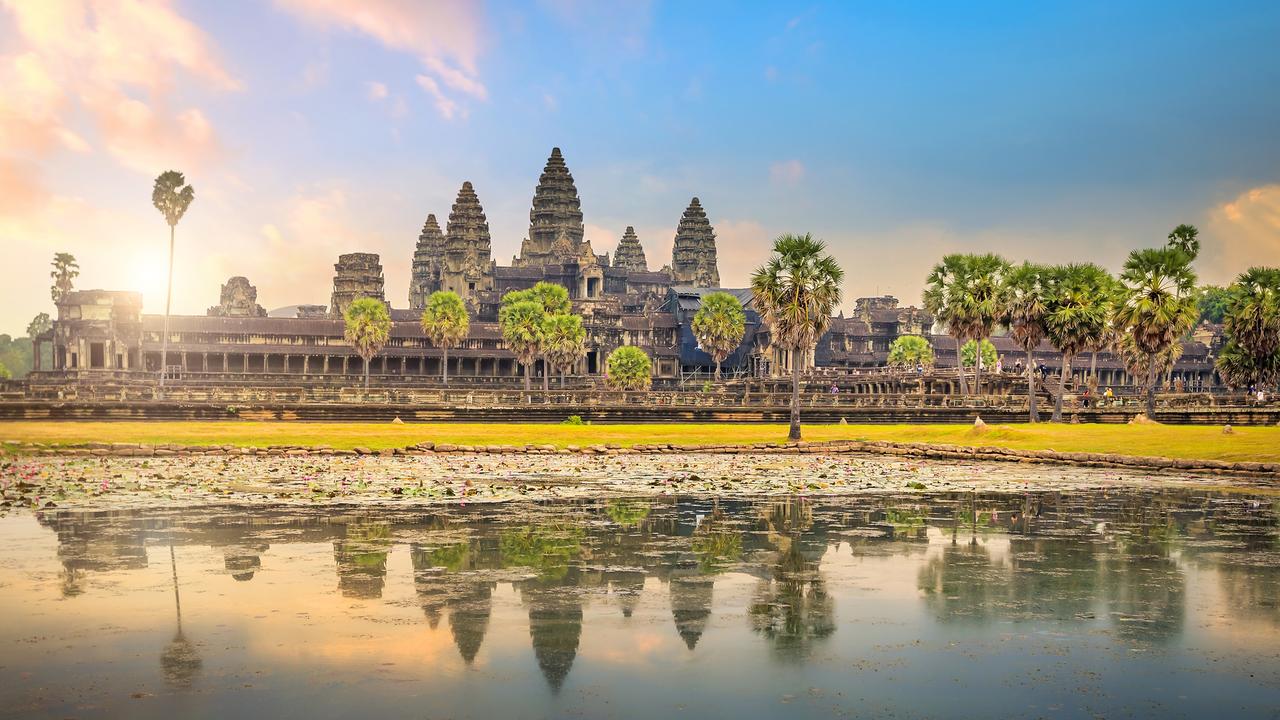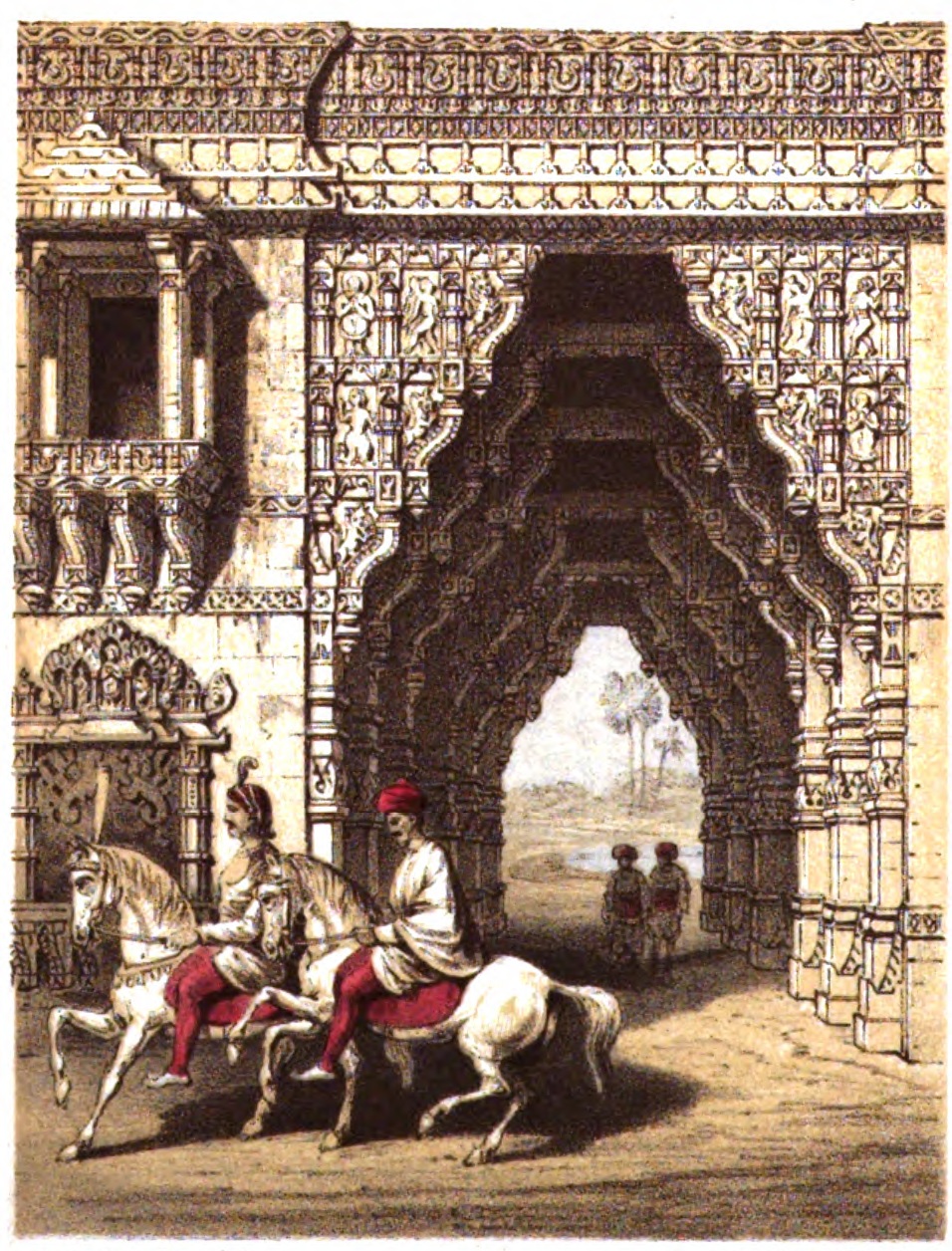|
Dudhrej
Surendranagar Dudhrej is a municipality in Surendranagar district in the Indian States and territories of India, state of Gujarat. Dudhrej municipality is directly connected with Wadhwan city and Wadhwan municipality. Etymology Dudhrej was originally a nes (Hamlet (place), hamlet) settled by the Charanas. One ''Shastam Swami'' wanted a temple to be built on the bank of the tank, so he started a shrine. The Charan ladies of the village would pour milk (dudh) over a particular place at the shrine due to which the place began to be known as Dudhrej. Demographics India census, Dudhrej had a population of 156,417. Males constitute 52% of the population and females 48%. Dudhrej has an average literacy rate of 71%, higher than the national average of 59.5%: male literacy is 77%, and female literacy is 64%. In Dudhrej, 12% of the population is under 6 years of age. Religious importance Vadwala Mandir of Rabari community and Mandavrayji Dada Mandir of Rajput Community is Situated ... [...More Info...] [...Related Items...] OR: [Wikipedia] [Google] [Baidu] |
Gujarat
Gujarat (, ) is a state along the western coast of India. Its coastline of about is the longest in the country, most of which lies on the Kathiawar peninsula. Gujarat is the fifth-largest Indian state by area, covering some ; and the ninth-most populous state, with a population of 60.4 million. It is bordered by Rajasthan to the northeast, Dadra and Nagar Haveli and Daman and Diu to the south, Maharashtra to the southeast, Madhya Pradesh to the east, and the Arabian Sea and the Pakistani province of Sindh to the west. Gujarat's capital city is Gandhinagar, while its largest city is Ahmedabad. The Gujaratis are indigenous to the state and their language, Gujarati, is the state's official language. The state encompasses 23 sites of the ancient Indus Valley civilisation (more than any other state). The most important sites are Lothal (the world's first dry dock), Dholavira (the fifth largest site), and Gola Dhoro (where 5 uncommon seals were found). Lothal ... [...More Info...] [...Related Items...] OR: [Wikipedia] [Google] [Baidu] |
States And Territories Of India
India is a federal union comprising 28 states and 8 union territories, with a total of 36 entities. The states and union territories are further subdivided into districts and smaller administrative divisions. History Pre-independence The Indian subcontinent has been ruled by many different ethnic groups throughout its history, each instituting their own policies of administrative division in the region. The British Raj The British Raj (; from Hindi language, Hindi ''rāj'': kingdom, realm, state, or empire) was the rule of the British The Crown, Crown on the Indian subcontinent; * * it is also called Crown rule in India, * * * * or Direct rule in India, * Q ... mostly retained the administrative structure of the preceding Mughal Empire. India was divided into provinces (also called Presidencies), directly governed by the British, and princely states, which were nominally controlled by a local prince or raja loyal to the British Empire, which held ''de f ... [...More Info...] [...Related Items...] OR: [Wikipedia] [Google] [Baidu] |
Rajput
Rajput (from Sanskrit ''raja-putra'' 'son of a king') is a large multi-component cluster of castes, kin bodies, and local groups, sharing social status and ideology of genealogical descent originating from the Indian subcontinent. The term Rajput covers various patrilineal clans historically associated with warriorhood: several clans claim Rajput status, although not all claims are universally accepted. According to modern scholars, almost all Rajput clans originated from peasant or pastoral communities. Over time, the Rajputs emerged as a social class comprising people from a variety of ethnic and geographical backgrounds. During the 16th and 17th centuries, the membership of this class became largely hereditary, although new claims to Rajput status continued to be made in the later centuries. Several Rajput-ruled kingdoms played a significant role in many regions of central and northern India from seventh century onwards. The Rajput population and the former Rajput state ... [...More Info...] [...Related Items...] OR: [Wikipedia] [Google] [Baidu] |
Rabari
The Rabari people (also known as Desai, Rabari, Raika, and Dewasi people) are an ethnic group from the Rajasthan also found in Gujarat Kutch region. Origin Myth The Rabari myth of origin is kshatriya that Shiva put them on earth to tend to the camels owned by Parvati. Rabaris claim to be originally from Iran, travelling via Afghanistan to Balochistan, (Pakistan), where there still is a temple of the Charani Goddess Hinglaj who they worship. According to Sigrid Westphal-Helbusch, the significant migrations of Rabaris took place between 12th to 14th century, when they moved from Marwar to Sindh (Pakistan) and Kutch. The migrations of Rabaris in fact follow similar paths as that of Rajputs and Charans, two other migrant group in this region, indicating intertwined histories. Westphal-Helbusch ascribes the goddess worship traditions of Rabaris to the Charan Charan ( IAST: Cāraṇ; Sanskrit: चारण; Gujarati: ચારણ; Urdu: ارڈ; IPA: cɑːrəɳə) is a caste in ... [...More Info...] [...Related Items...] OR: [Wikipedia] [Google] [Baidu] |
Census
A census is the procedure of systematically acquiring, recording and calculating information about the members of a given population. This term is used mostly in connection with national population and housing censuses; other common censuses include censuses of agriculture, traditional culture, business, supplies, and traffic censuses. The United Nations (UN) defines the essential features of population and housing censuses as "individual enumeration, universality within a defined territory, simultaneity and defined periodicity", and recommends that population censuses be taken at least every ten years. UN recommendations also cover census topics to be collected, official definitions, classifications and other useful information to co-ordinate international practices. The UN's Food and Agriculture Organization (FAO), in turn, defines the census of agriculture as "a statistical operation for collecting, processing and disseminating data on the structure of agriculture, coverin ... [...More Info...] [...Related Items...] OR: [Wikipedia] [Google] [Baidu] |
Milk
Milk is a white liquid food produced by the mammary glands of mammals. It is the primary source of nutrition for young mammals (including breastfed human infants) before they are able to digest solid food. Immune factors and immune-modulating components in milk contribute to milk immunity. Early- lactation milk, which is called colostrum, contains antibodies that strengthen the immune system, and thus reduces the risk of many diseases. Milk contains many nutrients, including protein and lactose. As an agricultural product, dairy milk is collected from farm animals. In 2011, dairy farms produced around of milk from 260 million dairy cows. India is the world's largest producer of milk and the leading exporter of skimmed milk powder, but it exports few other milk products. Because there is an ever-increasing demand for dairy products within India, it could eventually become a net importer of dairy products. New Zealand, Germany and the Netherlands are the largest export ... [...More Info...] [...Related Items...] OR: [Wikipedia] [Google] [Baidu] |
Temple
A temple (from the Latin ) is a building reserved for spiritual rituals and activities such as prayer and sacrifice. Religions which erect temples include Christianity (whose temples are typically called church (building), churches), Hinduism (whose temples are called Mandir), Buddhism, Sikhism (whose temples are called Gurdwara, gurudwara), Jainism (whose temples are sometimes called derasar), Islam (whose temples are called mosques), Judaism (whose temples are called synagogues), Zoroastrianism (whose temples are sometimes called Agiary), the Baha'i Faith (which are often simply referred to as Baha'i House of Worship), Taoism (which are sometimes called Daoguan), Shinto (which are sometimes called Shinto shrine, Jinja), Confucianism (which are sometimes called the Temple of Confucius), and ancient religions such as the Ancient Egyptian religion and the Ancient Greek religion. The form and function of temples are thus very variable, though they are often considered by belie ... [...More Info...] [...Related Items...] OR: [Wikipedia] [Google] [Baidu] |
Charan
Charan ( IAST: Cāraṇ; Sanskrit: चारण; Gujarati: ચારણ; Urdu: ارڈ; IPA: cɑːrəɳə) is a caste in South Asia natively residing in the Rajasthan and Gujarat states of India, as well as the Sindh and Balochistan provinces of Pakistan. Historically, Charans have been engaged in diverse occupations like bards, poets, historians, pastoralists, agriculturalists and also administrators, jagirdars and warriors and some even as traders. Historical roles and occupations Poets and historians Rajasthani & Gujarati literature from the early and medieval period, upto the 19th century, has been mainly composed by Charans. The relationship between Charans and Rajputs is deeprooted in history. As Charans used to partake in battles alongside Rajputs, they were witnesses not only to battles but also to many other occasions and episodes forming part of the contemporary Rajput life. The poems composed about such wars and incidents had two qualities: basic historica ... [...More Info...] [...Related Items...] OR: [Wikipedia] [Google] [Baidu] |
Hamlet (place)
A hamlet is a human settlement that is smaller than a town or village. Its size relative to a parish can depend on the administration and region. A hamlet may be considered to be a smaller settlement or subdivision or satellite entity to a larger settlement. The word and concept of a hamlet has roots in the Anglo-Norman settlement of England, where the old French ' came to apply to small human settlements. Etymology The word comes from Anglo-Norman ', corresponding to Old French ', the diminutive of Old French ' meaning a little village. This, in turn, is a diminutive of Old French ', possibly borrowed from ( West Germanic) Franconian languages. Compare with modern French ', Dutch ', Frisian ', German ', Old English ' and Modern English ''home''. By country Afghanistan In Afghanistan, the counterpart of the hamlet is the qala ( Dari: قلعه, Pashto: کلي) meaning "fort" or "hamlet". The Afghan ''qala'' is a fortified group of houses, generally with its ... [...More Info...] [...Related Items...] OR: [Wikipedia] [Google] [Baidu] |
Wadhwan
Wadhwan, also spelled Vadhwan, is a city and a municipality in Surendranagar district in the Indian state of Gujarat. Located on the banks of the Bhogavo River, around 3 km from Surendranagar and 111 km from Ahmedabad, Wadhwan is a known location for its old world royal charm and serene space with a life and culture of its own. It was historically the capital of Wadhwan State. Demographics India census, Wadhwan city had a population of 61,739. Males constitute 52% of the population and females 48%. Wadhwan city has an average literacy rate of 71%, higher than the national average of 59.5%: male literacy is 78%, and female literacy is 63%. In Wadhwan city, 12% of the population is under 6 years of age. Geography It is located on the bank of the dry Bhogavo River. History The name "Wadhwan" is said to derive from "Vardhmānpur", after Vardhamana, also known as Mahavira, the 24th Tirthankar of Jainism. According to legend, the site of Wadhwan was originally a pl ... [...More Info...] [...Related Items...] OR: [Wikipedia] [Google] [Baidu] |
Surendranagar District
Surendranagar is an administrative district in Saurashtra region of Gujarat state in India. It has a population of approximately 1.7 million people. Surendranagar city, along with the twin city of Wadhwan, has a total of 400,000 inhabitants, and is known as "Camp". Economy In the past, Surendranagar was used by colonialists as a hill station, because of its dry environment that was beneficial for some physical as well as mental ailments. Surendranagar's dry air is still believed to be the best place in Gujarat to cure tuberculosis patients. District capital Surendranagar, which lies under Municipality body is suffering from poor condition of roads and the two Causeways which join both the sides of city divided by Bhogavo River. Municipality body of city is considered to be a candidate for status of Municipal Corporation for a long time but due to some political reasons it never happen. It has the second highest number of educational institutes per capita. Many newspap ... [...More Info...] [...Related Items...] OR: [Wikipedia] [Google] [Baidu] |
Municipality
A municipality is usually a single administrative division having municipal corporation, corporate status and powers of self-government or jurisdiction as granted by national and regional laws to which it is subordinate. The term ''municipality'' may also mean the governing body of a given municipality. A municipality is a general-purpose administrative subdivision, as opposed to a special district (United States), special-purpose district. The term is derived from French language, French and Latin language, Latin . The English language, English word ''municipality'' derives from the Latin social contract (derived from a word meaning "duty holders"), referring to the Latin communities that supplied Rome with troops in exchange for their own incorporation into the Roman state (granting Roman citizenship to the inhabitants) while permitting the communities to retain their own local governments (a limited autonomy). A municipality can be any political jurisdiction (area), jurisd ... [...More Info...] [...Related Items...] OR: [Wikipedia] [Google] [Baidu] |



.jpg)


